Abundant cargo-carrying capacity was uppermost in Francis “Mick” Fahey’s mind when he designed a wood-and-canvas freight canoe for his own use in the 1960s. The canoe’s versatility has made its successors, including this Jerry Stelmok–built Moosehead Laker named FIELD OF STREAMS, popular among camp owners and fishing guides in the Maine lakes.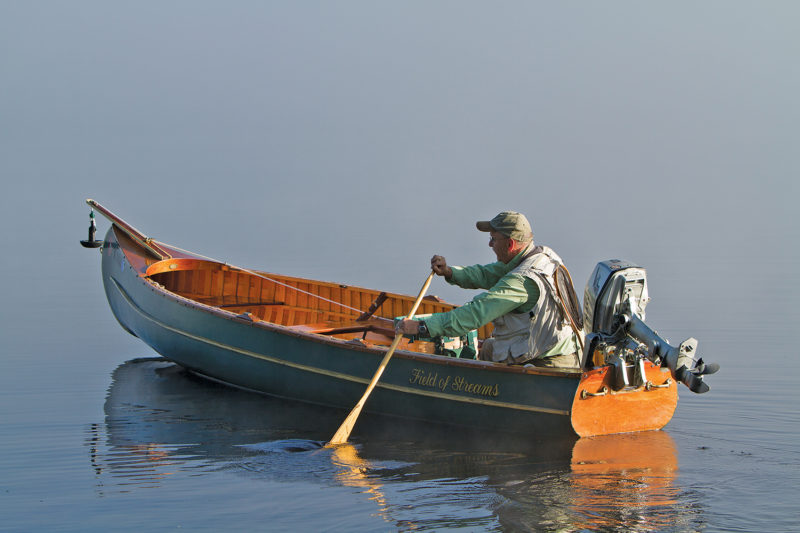 Donnie Mullen
Donnie Mullen
Maine is big. The last time my wife and I returned from an Allagash River trip, it took us more than five hours to drive from Fort Kent to Camden. Fort Kent is within sight of New Brunswick, and Camden is about halfway up the coast. Either a northern paddle trip or the long drive home would acquaint one with two of the state’s best features: its extensive forest and its phenomenal supply of fresh water.
It’s easy to forget that 150 years ago, travel in northern Maine was chiefly accomplished by small watercraft. As a result, interior Maine has a rich history of regional small craft. Recently, we set off in search of one of these old-time boats, to the fabled Kennebago Lake region in western Maine to experience firsthand a scarcely known regional craft, and the guide who is happy to sing its praises.

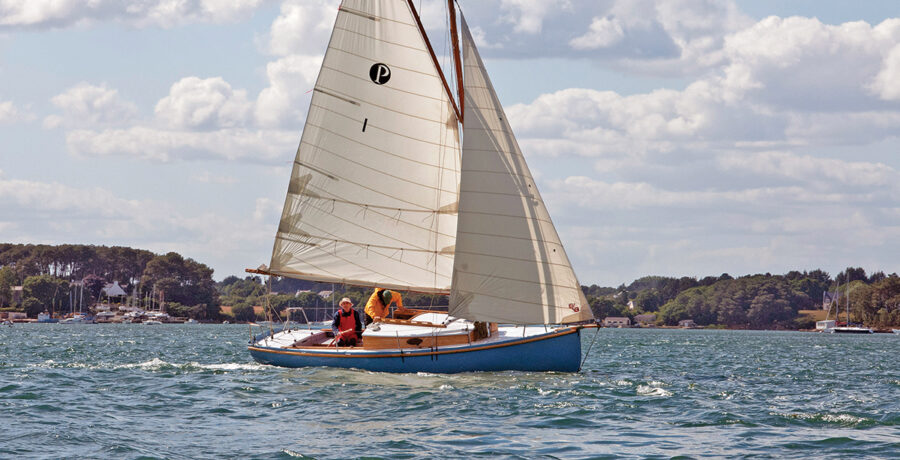
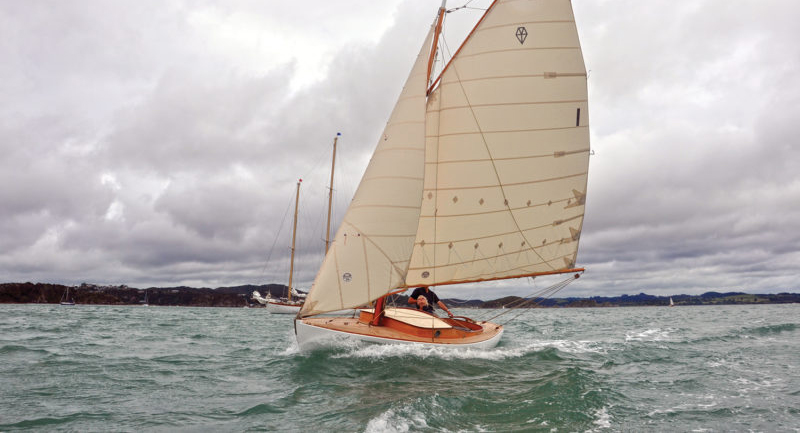
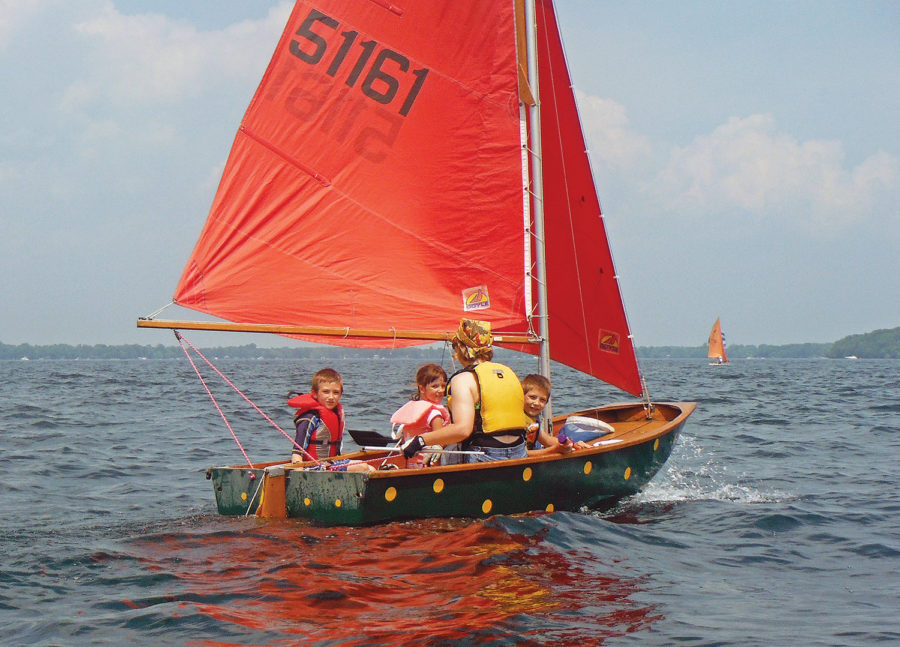
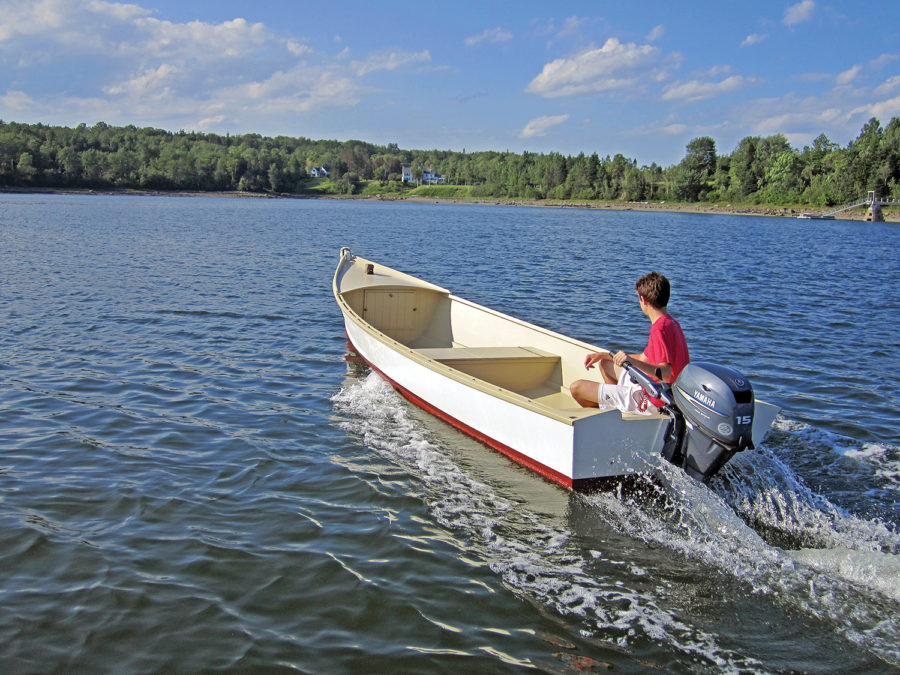
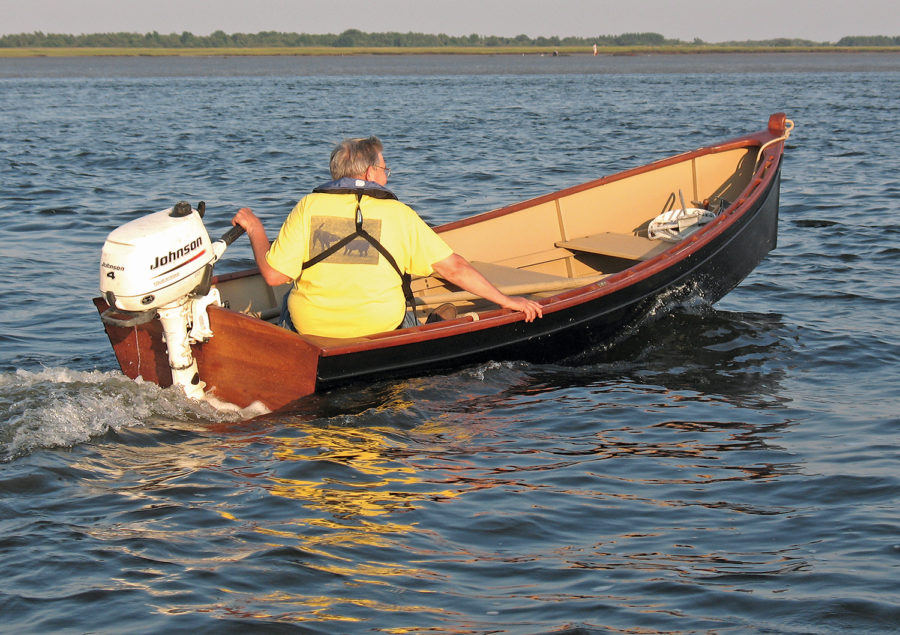
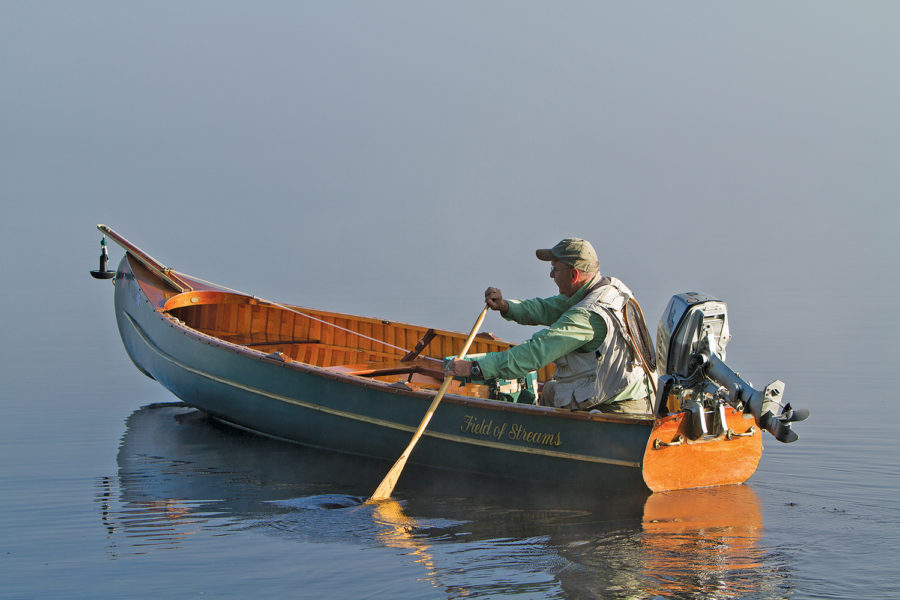
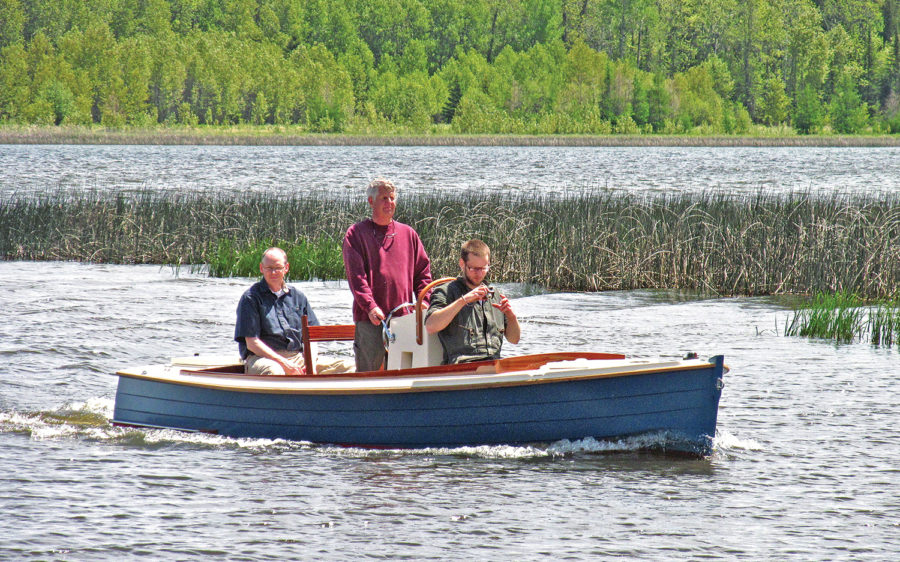
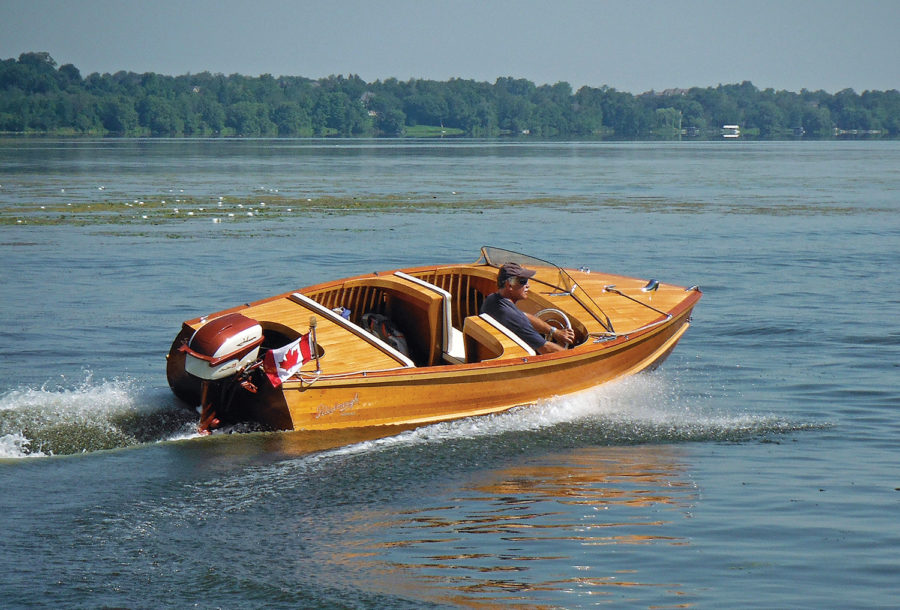
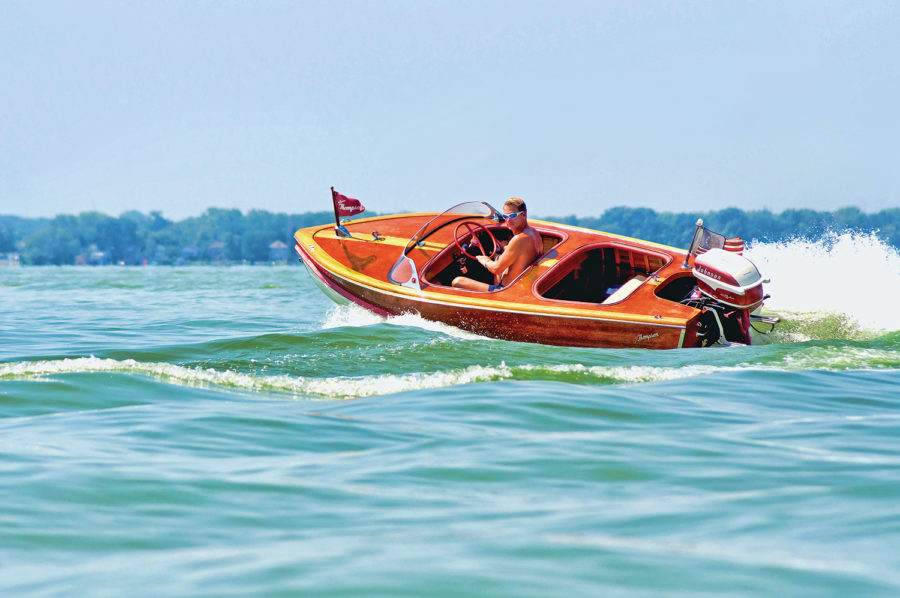
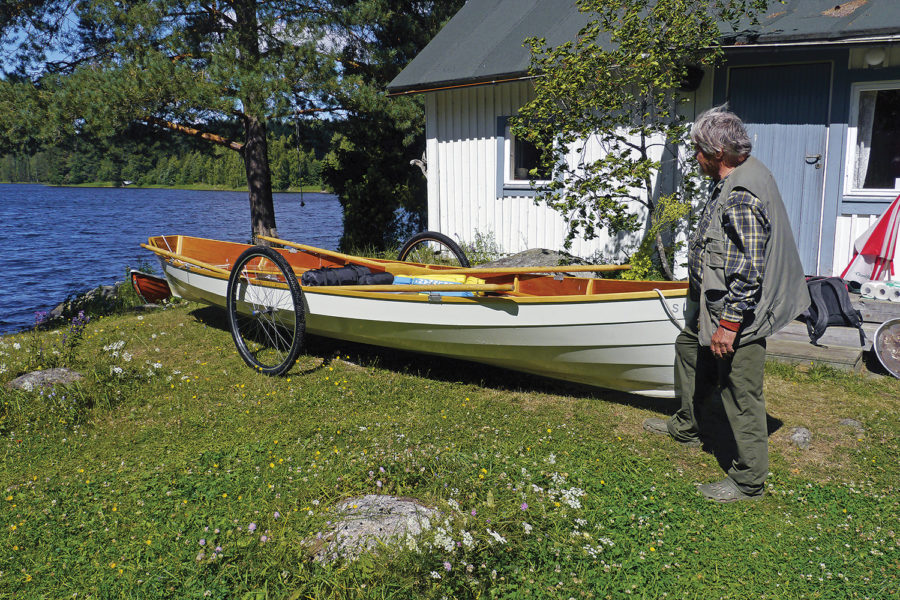
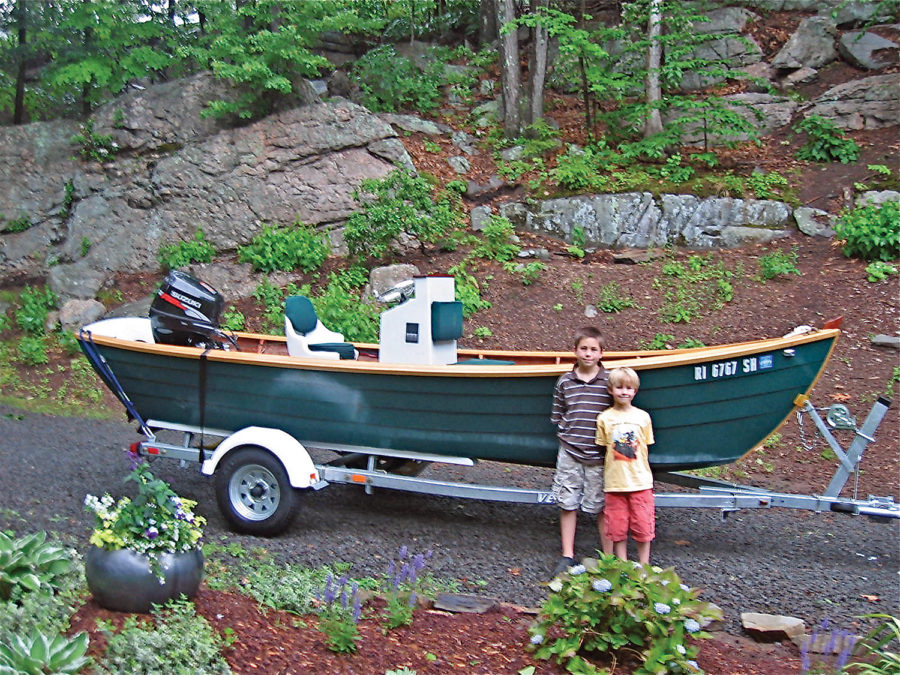
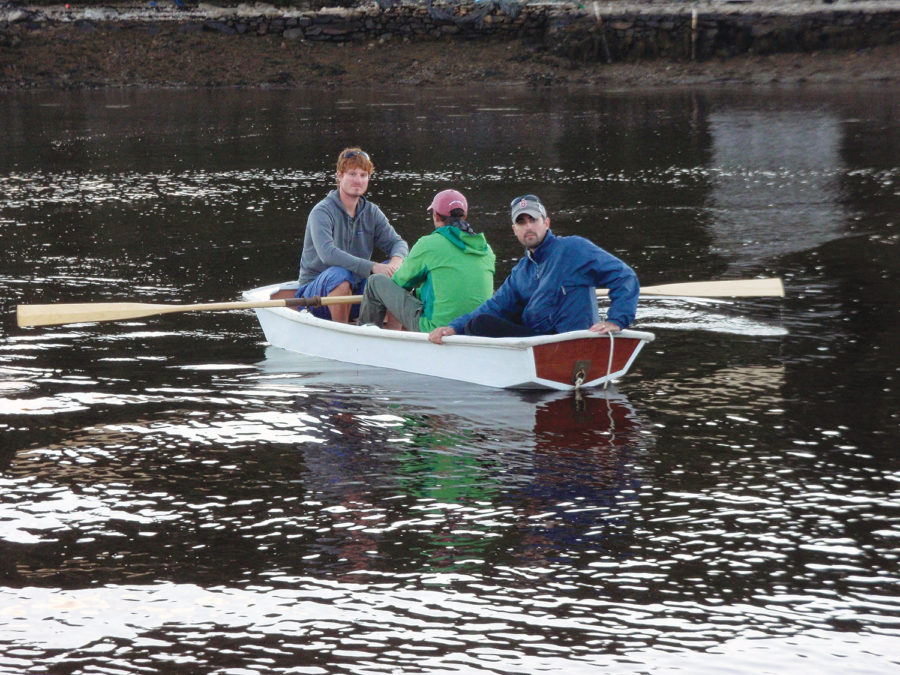
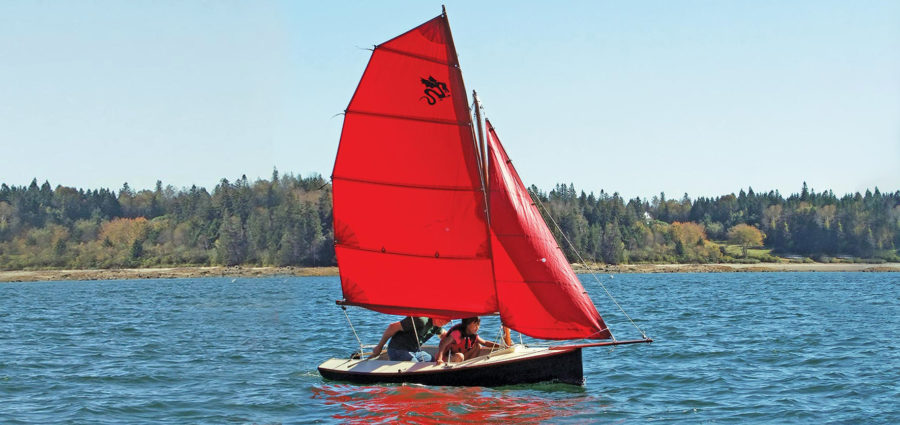
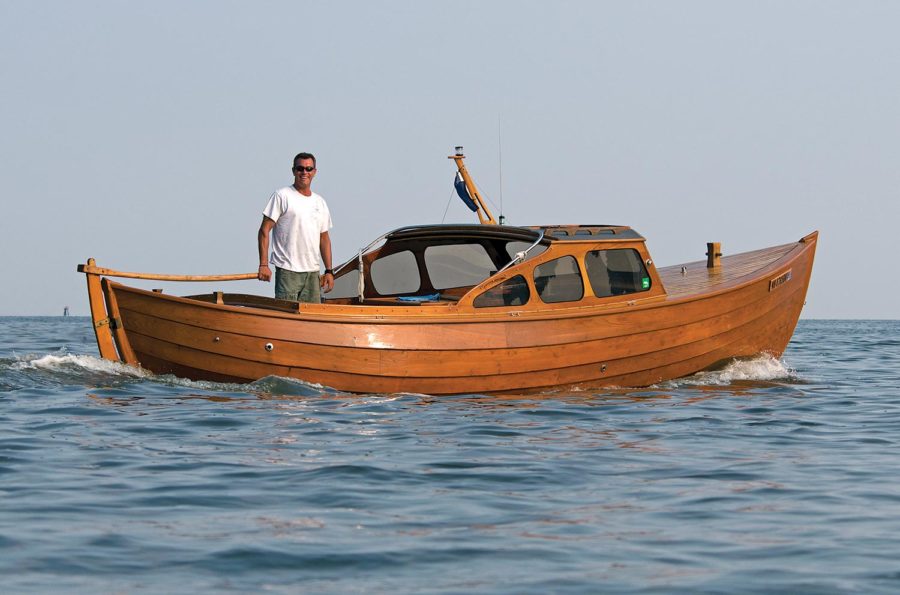
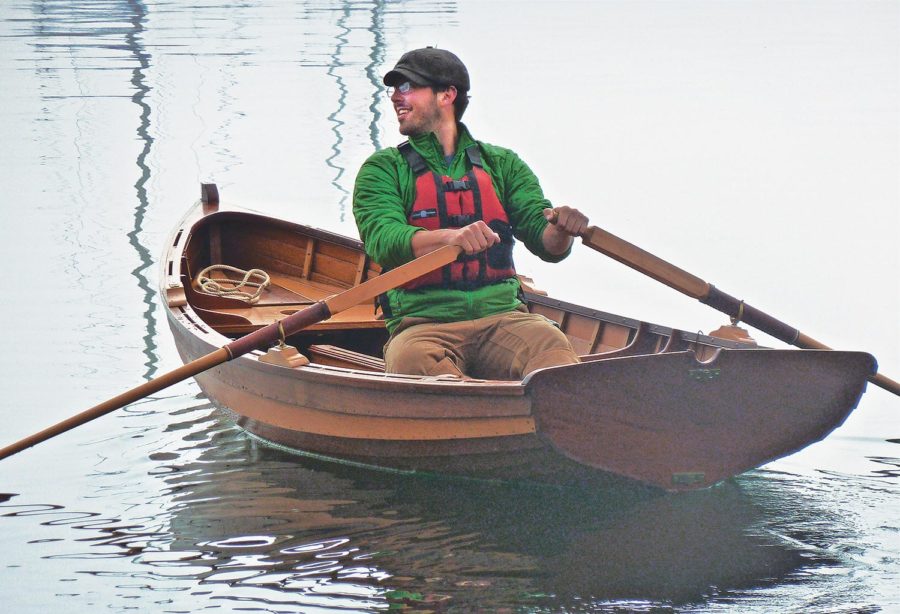
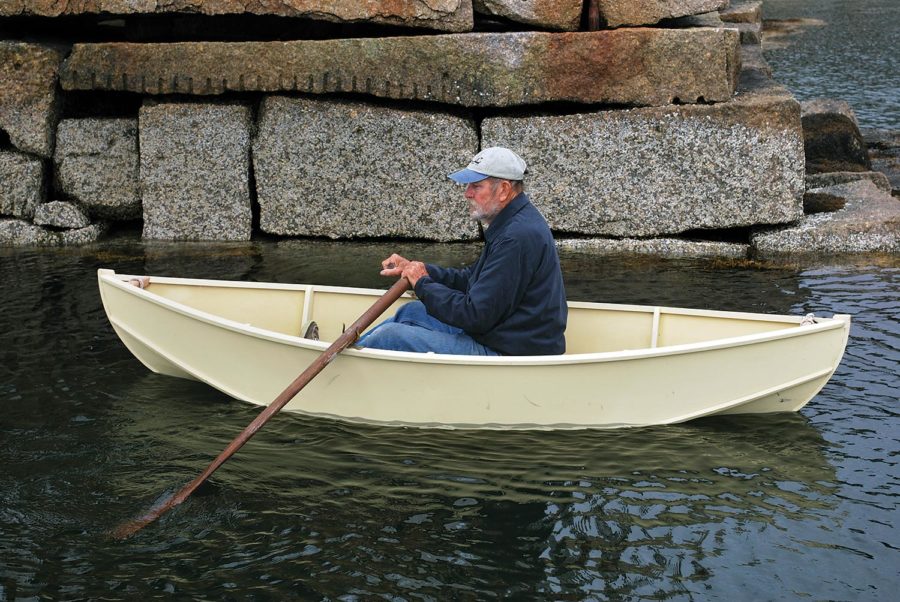
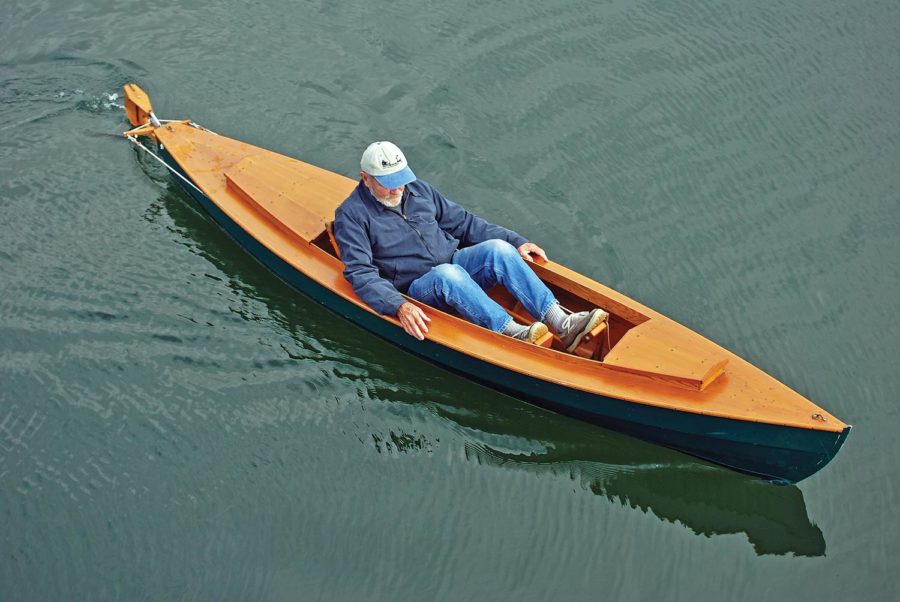
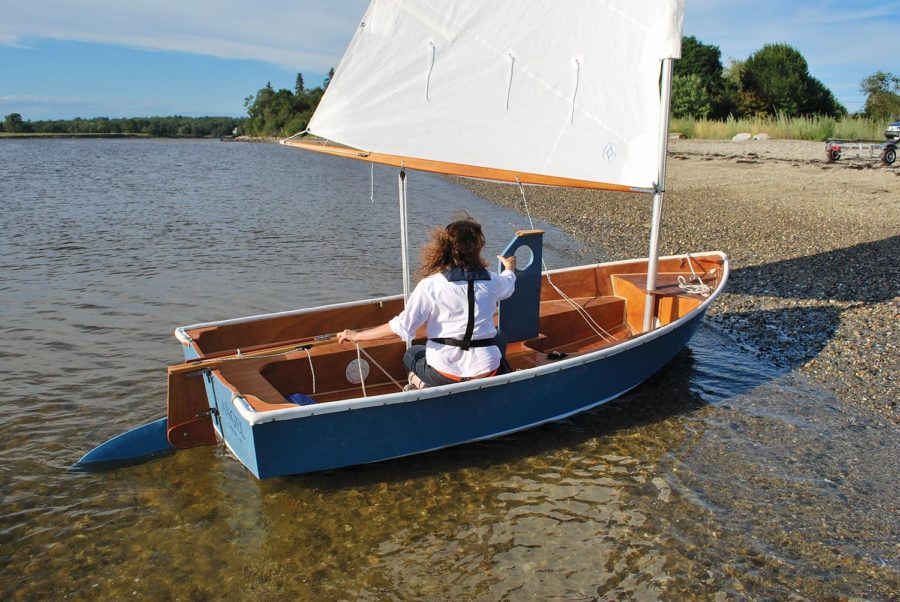
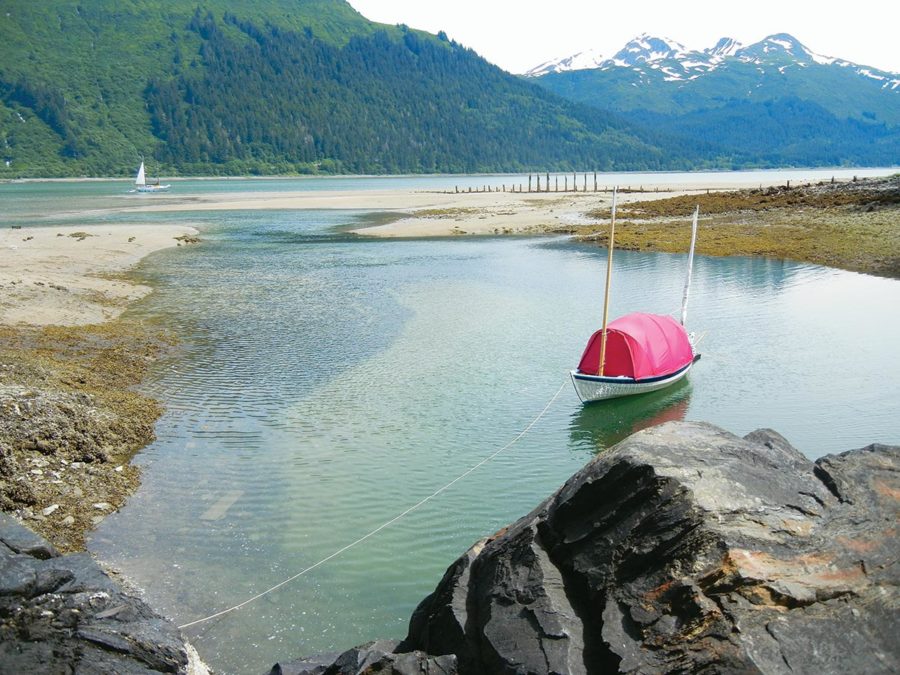
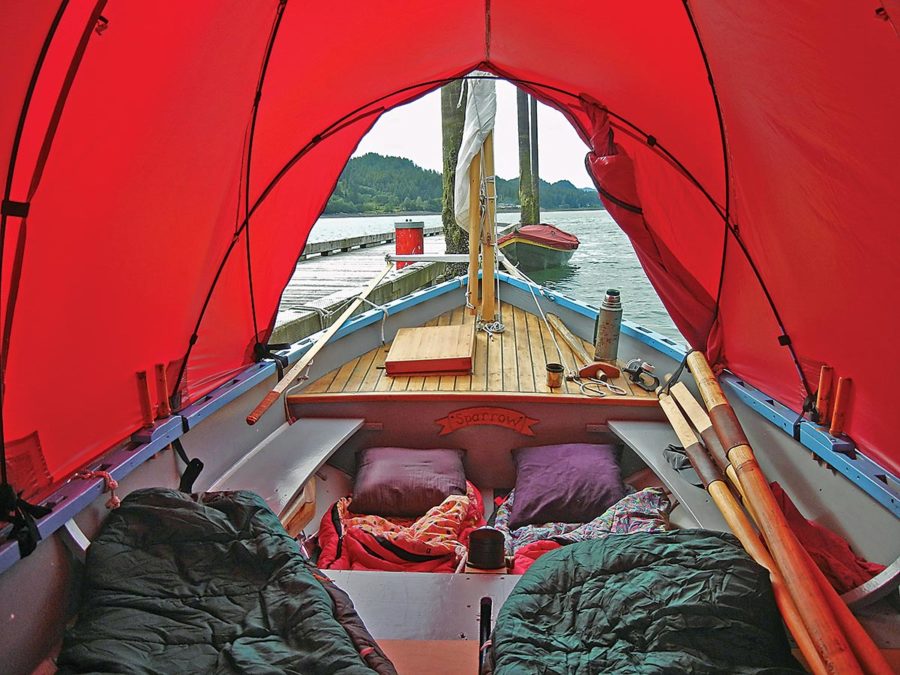
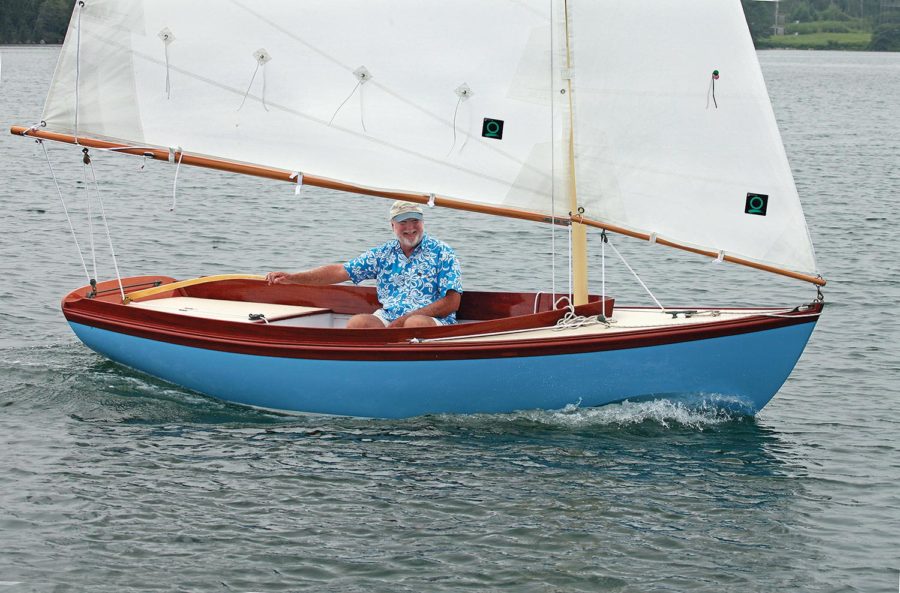
Join The Conversation
We welcome your comments about this article. If you’d like to include a photo or a video with your comment, please email the file or link.